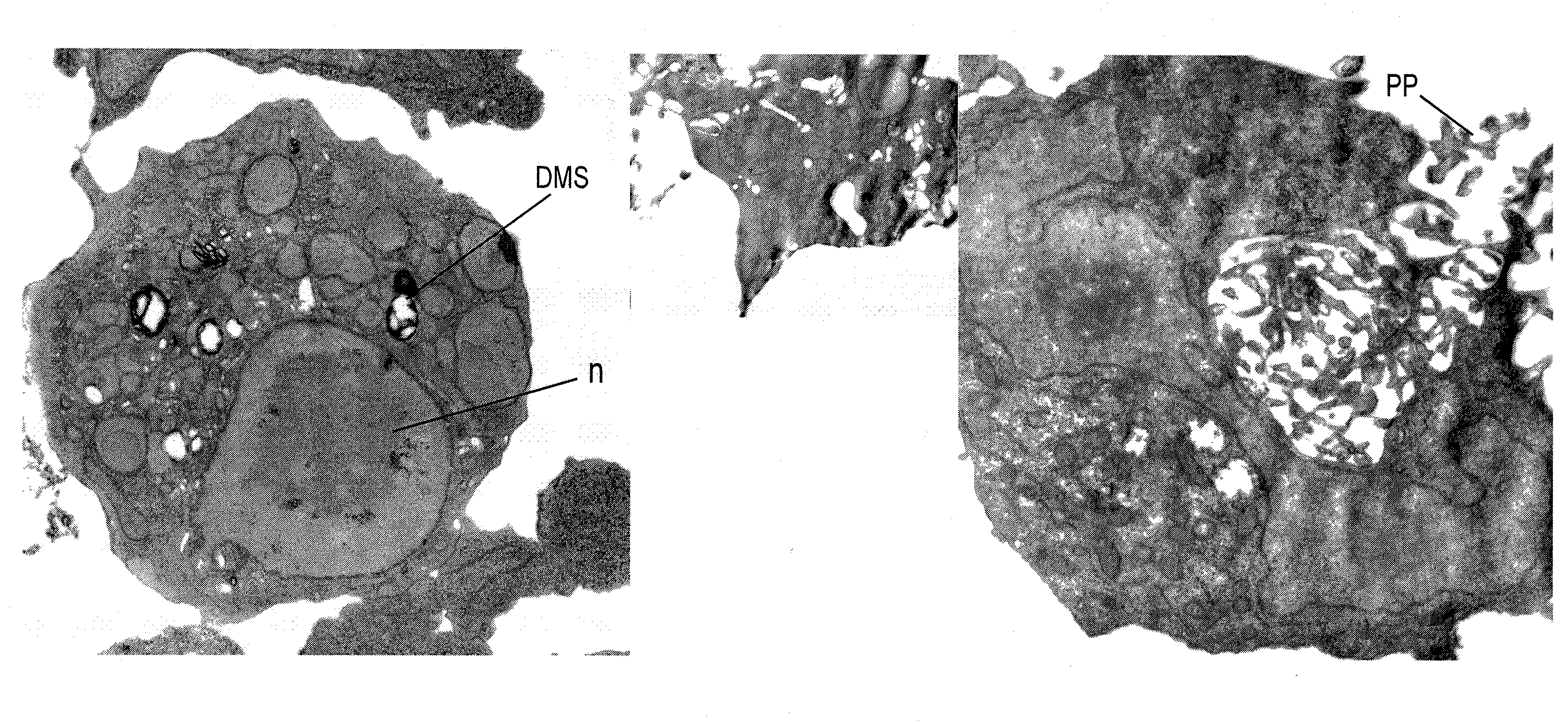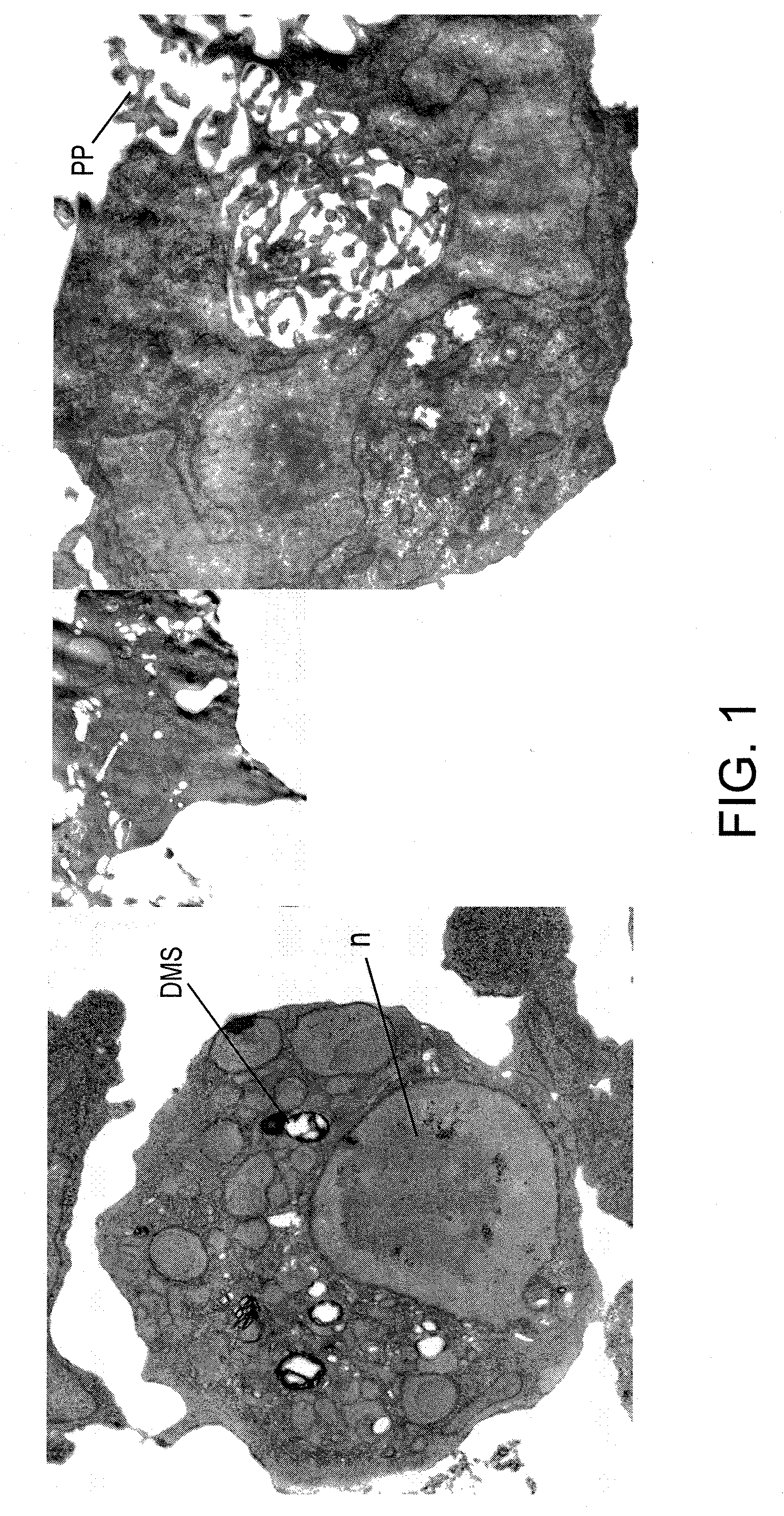Control of malignant cells by kinase inhibition
a technology of kinase inhibition and malignant cells, applied in the field of control of malignant cells, can solve the problems of abnormal survival and over-proliferation of hematopoietic stem cells and their progeny, uncontrolled hematopoietic proliferation, and complication is thrombosis, so as to reduce the risk of thrombosis, and maintain the effect of cell number
- Summary
- Abstract
- Description
- Claims
- Application Information
AI Technical Summary
Benefits of technology
Problems solved by technology
Method used
Image
Examples
Embodiment Construction
[0081]Cancer is so widespread and lethal that it can be considered the biggest health problem of this century. Various unknown causes, diverse genetic and protein abnormalities, as well as different and complex molecular mechanisms make cancer drug development a real challenge. Harmful side-effects are another problem that needs to be overcome in the search for possible cancer therapies. However, while the reason for developing cancer may be different from person to person, the end point is the same: cells are growing abnormally and uncontrollably. Casein kinase 2 (CK2) was found to be up-regulated and over-expressed in tumor tissue and may be responsible for cancer growth and sustainability. Data presented herein using various CK2 inhibitors (antisense nucleotides or ATP analogues) in malignant cell lines as well as in murine xenografts demonstrated that the cells undergo apoptosis and proliferation arrest in vitro and in vivo. Thus, such inhibitors may be potent anti-carcinogenes....
PUM
| Property | Measurement | Unit |
|---|---|---|
| time | aaaaa | aaaaa |
| particle size | aaaaa | aaaaa |
| size | aaaaa | aaaaa |
Abstract
Description
Claims
Application Information
 Login to View More
Login to View More - R&D
- Intellectual Property
- Life Sciences
- Materials
- Tech Scout
- Unparalleled Data Quality
- Higher Quality Content
- 60% Fewer Hallucinations
Browse by: Latest US Patents, China's latest patents, Technical Efficacy Thesaurus, Application Domain, Technology Topic, Popular Technical Reports.
© 2025 PatSnap. All rights reserved.Legal|Privacy policy|Modern Slavery Act Transparency Statement|Sitemap|About US| Contact US: help@patsnap.com



